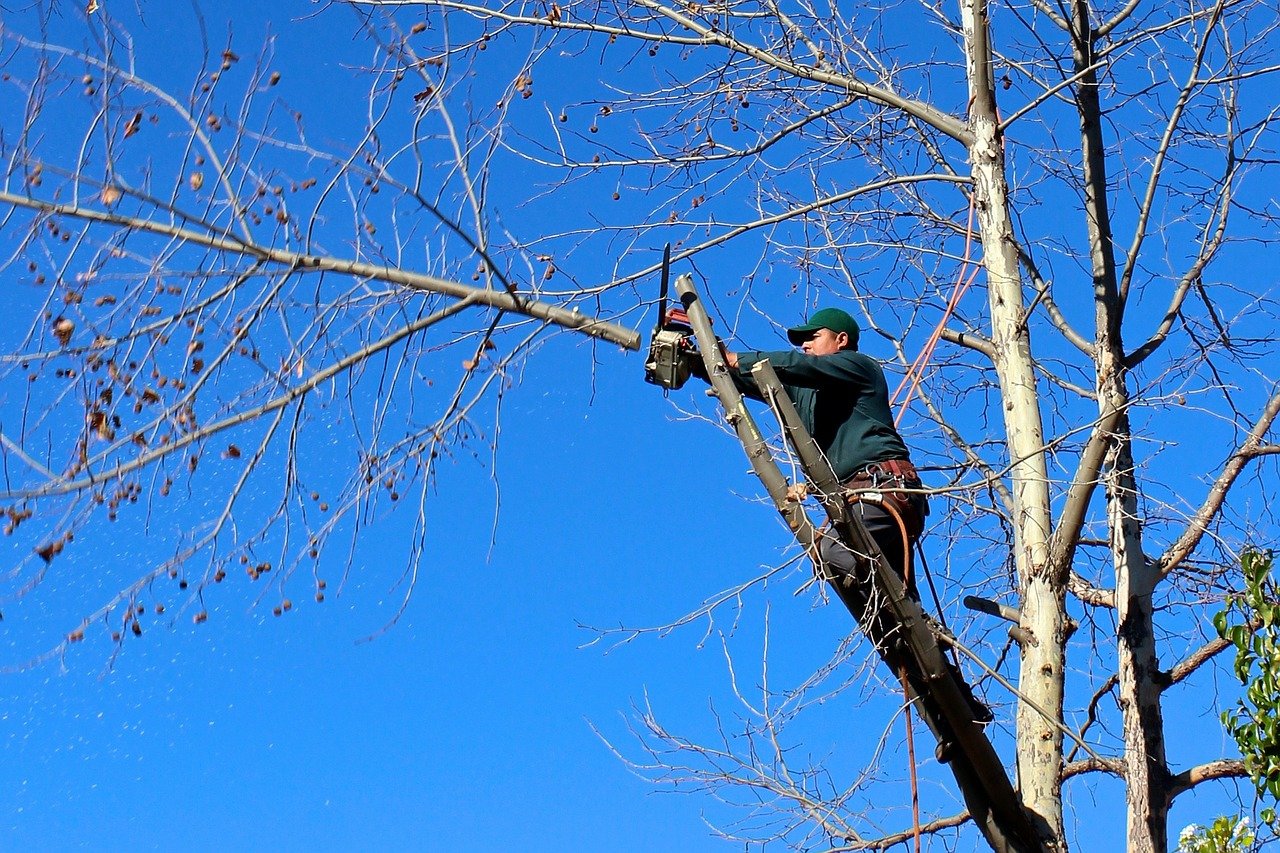Trees are earth's stunning natural resources and considered the longest-living organisms on this planet. They maintain a clean quality air supply, improve water quality, reduce noise pollution, prevent soil erosion, provide a healthy and organic food source, improve your house curb appeal, and more.
We can list tons of benefits trees provide, and knowing how to care for them properly is vital. Whether you need to trim or prune trees, it's best to understand a unique level of how to care for trees in your area or property. While tree removal services offer convenient ways to solve trees' current issues, these professionals provide high-end care to ensure your trees maintain their structural integrity and health.
These professionals don't just cut trees off your property. They have been trained and, with great experience, understand the do's and don't maintain these living treasures. Certifications are issued to individuals who work with tree care to ensure trees across your community, property, or municipality gets a different and improved level of care and maintenance.
How To Properly Care For Trees
Before jumping over on how to care for trees properly, you first need to understand the various terms used in identifying professionals involved with tree care and maintenance.
Arborist
They generally focus on individual trees, most likely, private property trees. An arborist can be categorized into two groups; consulting and practicing. A commercial arborist or practicing arborists provide tree care, including removal, planting, pruning, fertilization, and pesticide application.
Consulting arborists are primary tree consultants who are responsible for providing the best recommendations in caring for trees. While it can be a conflict between practicing arborists and consulting arborists, both professionals offer private property owners and homeowners the best insights into improving tree health and safety where you can greatly benefit.
Forester
Foresters are responsible for managing woodlots and forests, especially those requiring timber productions for various wood products. They are also responsible for making decisions on how and when to plant trees, harvest them, and more.
With proper tree maintenance, expect to have greeny, strong, and lush shades; your family will benefit for generations to come. Here's how to improve your tree's health to the next level!
Prune It Properly
Pruning is an essential factor in keeping your trees strong and healthy. However, improper pruning can damage your trees and cause the spreading of disease and destabilization.
Identify Their Needs
Identifying your tree's needs means identifying their type. Proper research helps you understand what you're dealing with, such as required water, best soil type for the tree, and sensitivities that may affect tree growth and health.
Water Effectively
Water is considered food for the plants and trees. An effective watering system is vital to your tree's health. During the summer season, adequate watering and occasional soaking are highly effective compared to misting water frequently. On winter days, you don't need to water trees unless you recently planted them.
Protect The Roots
A healthy tree has a healthy root that's been planted on healthy soil. To ensure your trees have healthy roots, you need to check the soil compaction. This factor can affect the supply of oxygen and water on your tree's basis.
Proper Mulching
Mulching is the best way to ensure trees are growing healthy. Proper mulching can improve your property's overall curb appeal; if done wrong, it can also damage roots and harm the tree's health.
Types Of Certification For Tree Care
Whenever you need tree care specialists to help you maintain, care, trim, remove, or plant trees on your property, these certifications can have you identify reputable companies.
ISA - International Society of Arboriculture
This certification is given to candidates that have satisfying work experience, prerequisites formal education, and have passed rigorous practical and written tests. Re-certification includes workshops, seminars, and continued classes for added knowledge and know-how.
TCIA - Tree Care Industry Association
This type of certification is given to the companies with appropriate insurance, good safety, excellent consumer satisfaction, and great staff size with numbers of Arborists.
Why Prune Your Tree?
Pruning your tree properly allows it to grow healthier and more beautiful. It also increases tree productivity, especially if it bears fruit, improves shades, and increases tree lifespan.
The pruning method is considered both science and art. It's an art as it allows you to achieve the unusual plant shape and the best examples are bonsai. Pruning also uses fundamental science principles regardless of the plant type you have.
Landscape pruning and orchard pruning are different processes. Orchard pruning allows you to optimize economic return through early fruit productivity stimulation.
Landscape pruning is recommended to keep the tree's organic form, longevity, and health. The process reduces developing hazards from poor pruning or unrestricted growth of branches.
Puring types include crown cleaning, thinning, raising, restoration, reduction, vista pruning, and espalier pruning.
Conclusion
There are various ways on how to care for your trees. Pruning is an excellent method that enables you to remove damaged branches, structurally weak or dead limbs. The process allows your tree to improve its overall health and curb appeal, both beneficial for your home investments and your family.
If you need professional help to provide the highest level of tree care and maintenance, the above certifications allow you to select which experts would you need to do the job right. Whether you need help for removing tree debris after a storm or want to improve the health of surrounding trees on your property, there are services you can reconsider to ensure trees get the best care they need.
